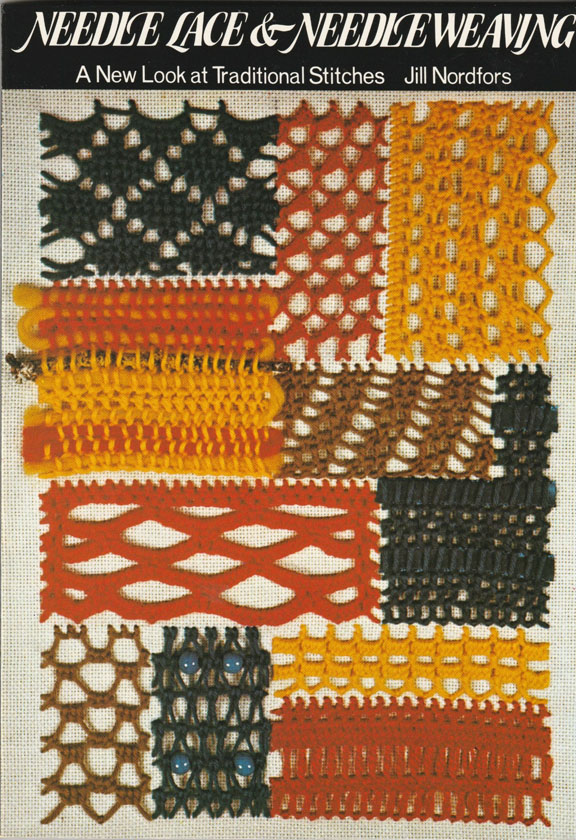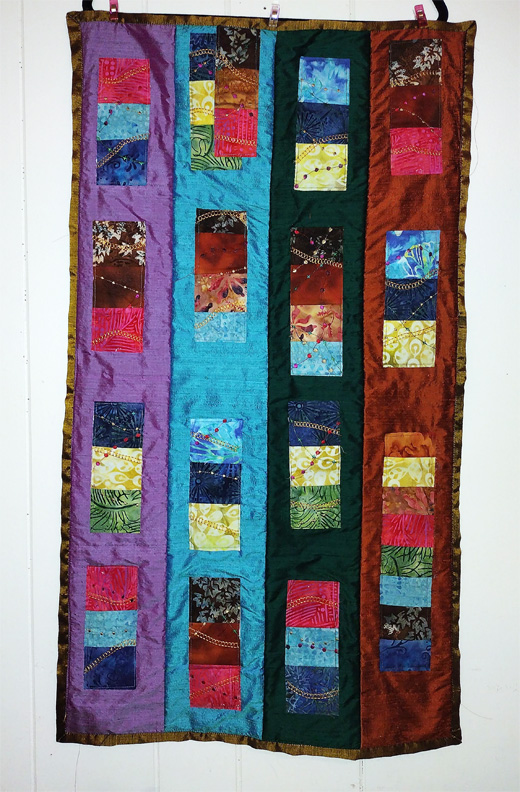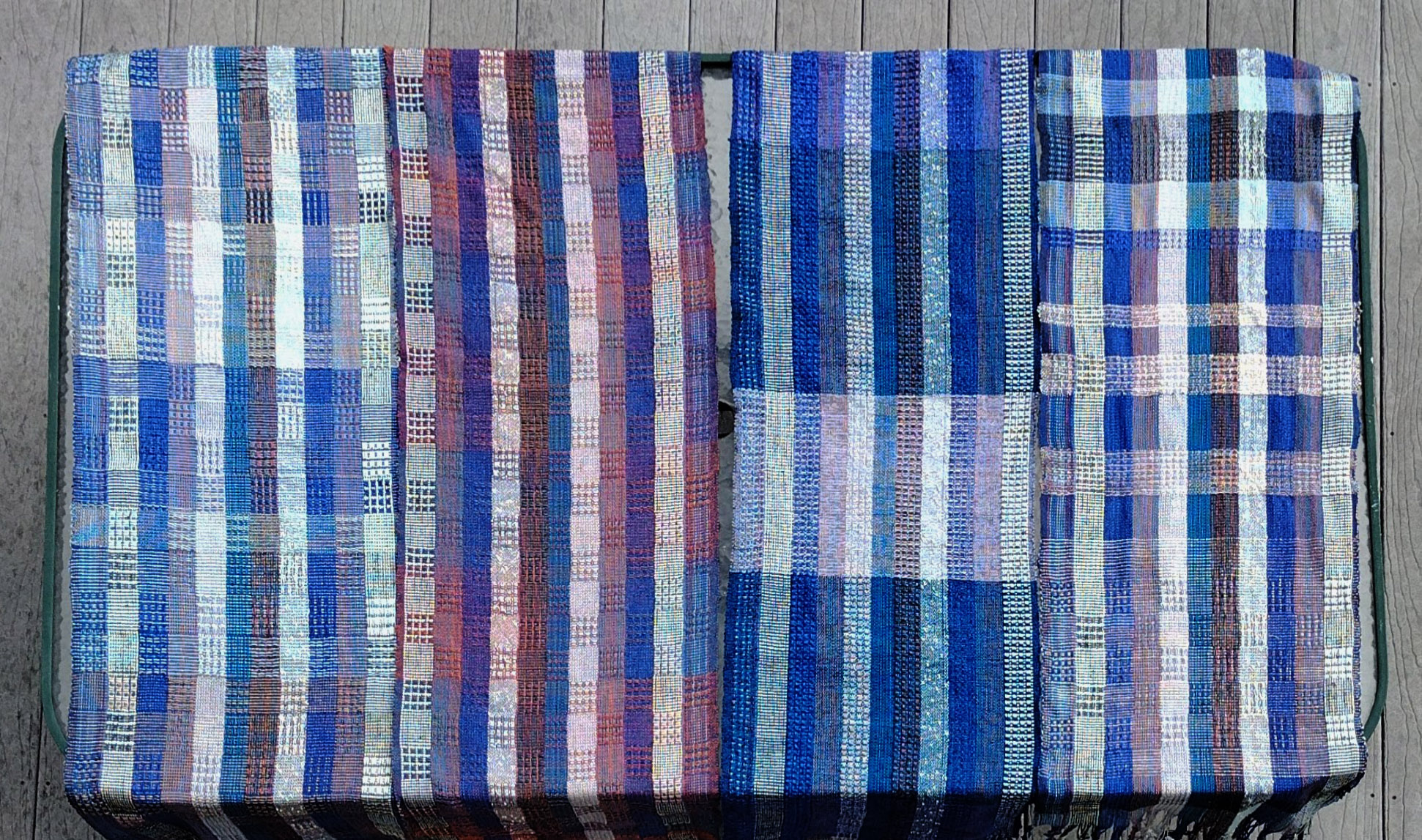Way Better Than Half-Priced Candy
Our family tradition is to celebrate holidays a day or two after their real date, so that we can wait and buy the candy for half price. This year for Valentine’s Day, we skipped the candy altogether, and went on a Whooping Crane boat tour instead.
We left from Fulton Harbor on a cool, crystal clear day. There were about 38 people on the boat, and about 8 of us chose to stay outside on the top deck. The captain made sure we noticed all the species of birds on our way to the Aransas National Wildlife Refuge, and when we got there, he held the boat steady, just off shore, so we had about 20 minutes to observe one pair of Whooping Cranes, and all the birds around them.
This was our first time to see the Whoopers, and they are everything you would expect. I was excited that I could read the number on this crane’s bands, and hoped that I would be able to find his history online, but apparently that is not available.
We continued up the bay, and ended up seeing 17 different Whooping Cranes — families and small groups of “teen-agers.” We also saw plenty of other birds — I think I got 35 species for the day, 5 of them new life birds for me.
These waters are part of the Gulf Intracoastal Waterway, and the whole time we were stopped to look at birds, barges full of benzene and calcium chloride were passing us. They were quiet and clean, and it’s amazing to me that they can navigate in such shallow water, so close together. A barge would be on one side of the tour boat, and on the other side, a Great Blue Heron would be standing in the channel in water that only came up to its knees.
The next day we went right across Aransas Pass to Goose Island State Park. More Whooping Cranes live in just ordinary pastures on Goose Island, and are visible from the road (the rangers at Headquarters will tell you exactly where to go). So if you really want to see cranes, but don’t have the time or money to schedule a boat trip, or fear getting seasick, this is a great option.
Having done both, I do think it is easier to see the cranes from the boat, because you are looking at them from above, without plants in your way. And if you’re like me, and you don’t do any research ahead of time, the captain’s explanation of the crane’s life history is an easy way to learn while you’re watching the birds. On Goose Island, seeing the cranes through the brush and tall grass is harder, because you’re down on their level. But it’s a great companion spot even if you have done the boat tour, because you are sure to see more species, like Roseate Spoonbills and Black-crowned Night Herons.
We saw Sandhill Cranes too, which was very exciting for me, because I have never seen them walking along on the ground, only flying over our farm one afternoon in November of 2015.
We have now gone birding for Valentine’s Day two years in a row, so that means it is a new family tradition!














That sounds like an interesting trip. Having the guided tour was helpful. I liked your White Pelican. We will have many of them for the summer up here in IA.
That was my best pic. I guess with the movement of the boat, it was harder to focus. There were some people with amazing scopes on that trip, I would love to see their photos!
Bigger zooms also mean bigger motion problems. You might have the best.
I took two non-drowsy Dramamine, just in case the motion got to me, but it was nice and still and I did fine. But if I had a bigger lens, and therefor more issues with my camera rocking up and down while focusing, that might have been enough to make me seasick! So you are probably right, I had the best one for me!
As usual, Jim’s reaction is almost exactly like mine. 🙂 Yes, the pelican. Love seeing them around here, anytime from about early April to end of September. I remember the very first time I saw them, it was such a startling moment for me.
Do they stay on lakes there? I really don’t know anything about their life histories.
We have a damned river — no, a dammed river — that runs through the area. The reservoir and a lake upstream provide good habitat for them, but there are other rivers and lakes where they will stay, as well. There were reports a few years ago that some were wintering over, but I don’t know if that is still true.
I really need to learn more about what the birds in my area do, when they are not in my area! So far in my birding life I am still just learning to identify them, though.
Oh my gosh!! That is money well spent. Congrats on your whoop’r. I can’t wait to bag me one, and Goose Island is on my list of places to go. Thanks for sharing your experience here…such a fab way to spend Valentine’s Day. We too make birding a VD tradition here.
Which other birds made your life list? Curious. Great post.
Red-breasted Merganser, Eared Grebe, Long-billed Curlew, Redhead. Nothing too out of the ordinary, and I may have even seen them before, but I didn’t start keeping track until 2010, so I had never listed them.
It was amazing being down there in cool weather! I don’t know why, but it seems we have only gone in summer before. I hope you do get a trip down there!
I have included your blog in INTERESTING BLOGS or GENERAL INTEREST in FRIDAY FOSSICKING at
http://thatmomentintime-crissouli.blogspot.com.au/2017/02/friday-fossicking-24th-february-2016.html
Thank you, Chris
Thank you, you are so kind!
You’re welcome..